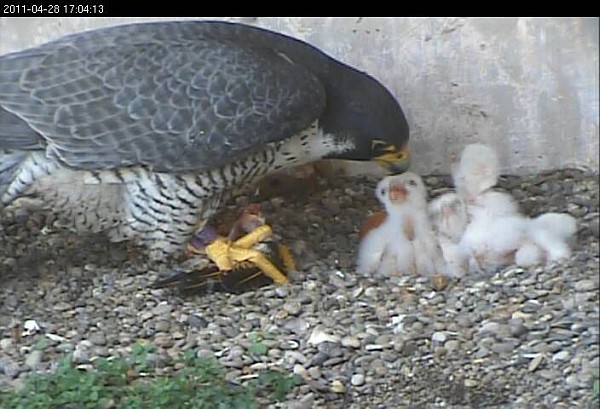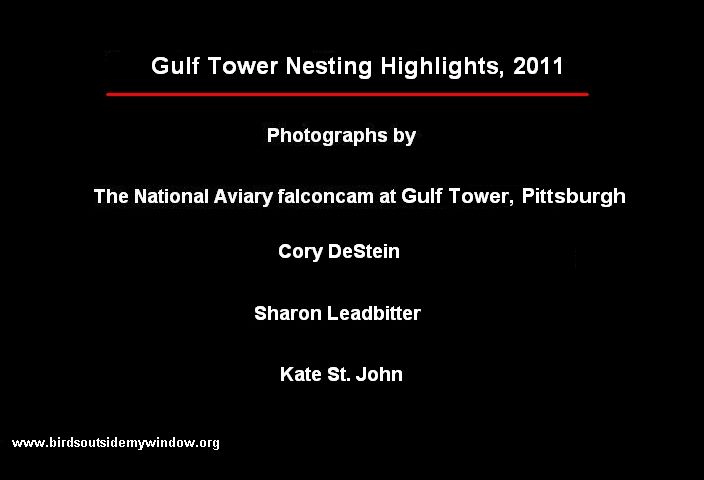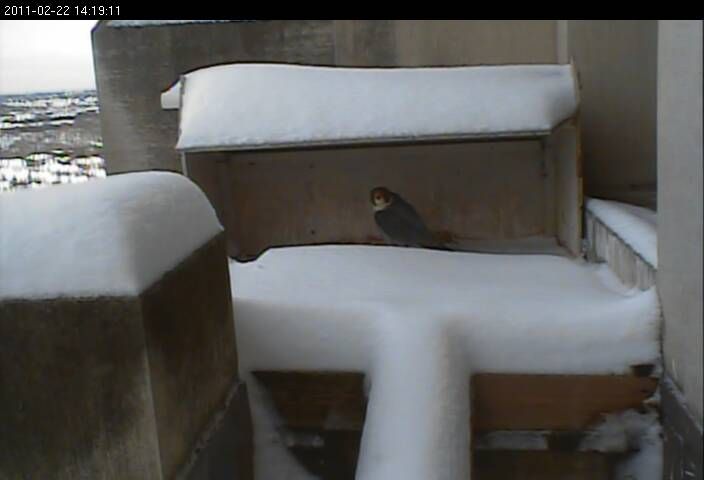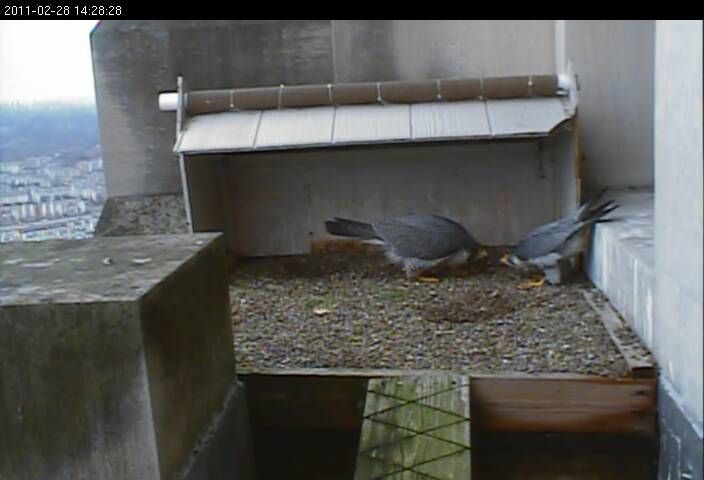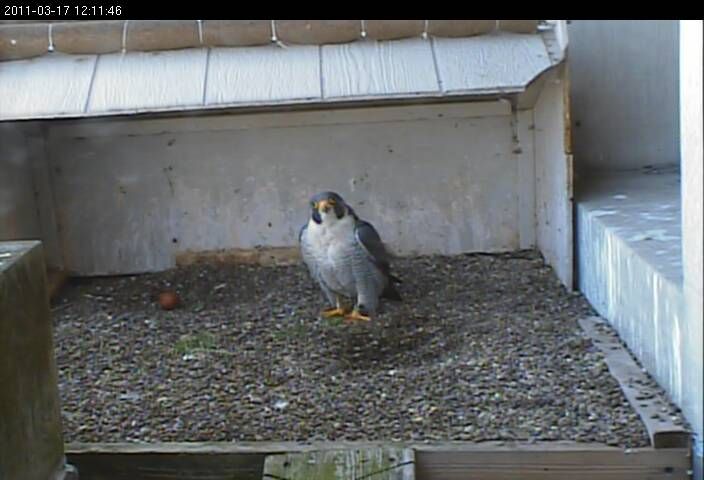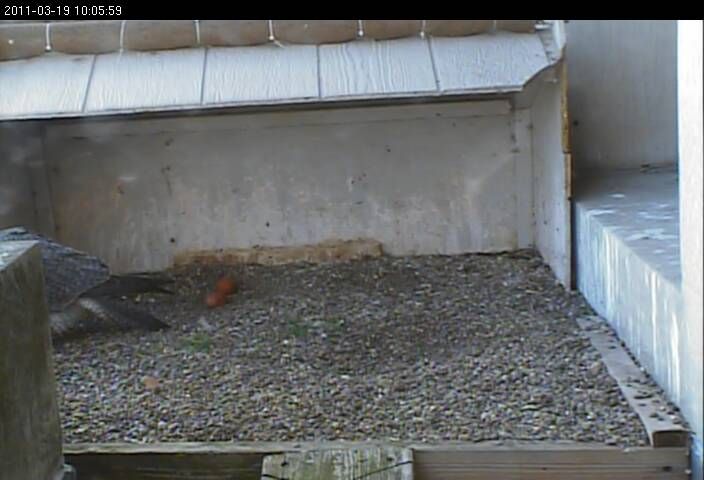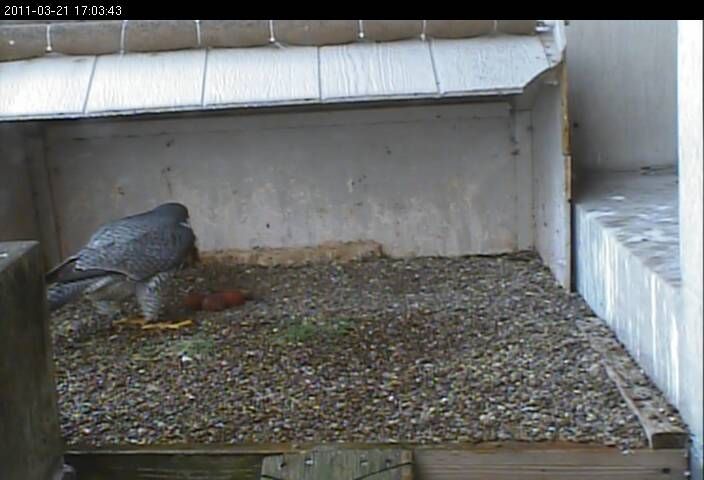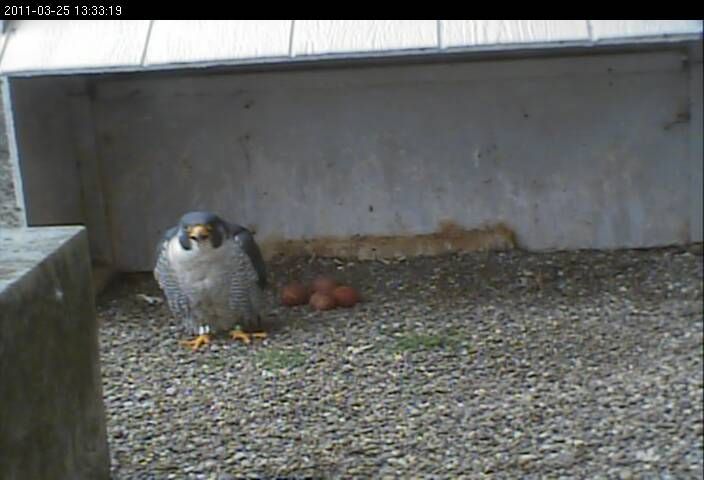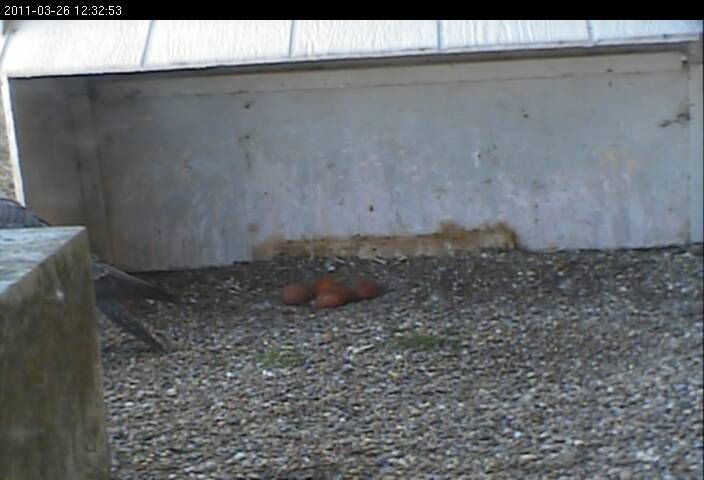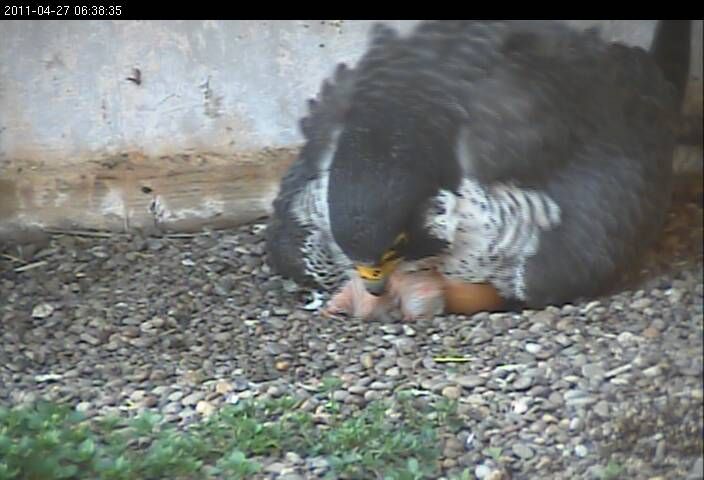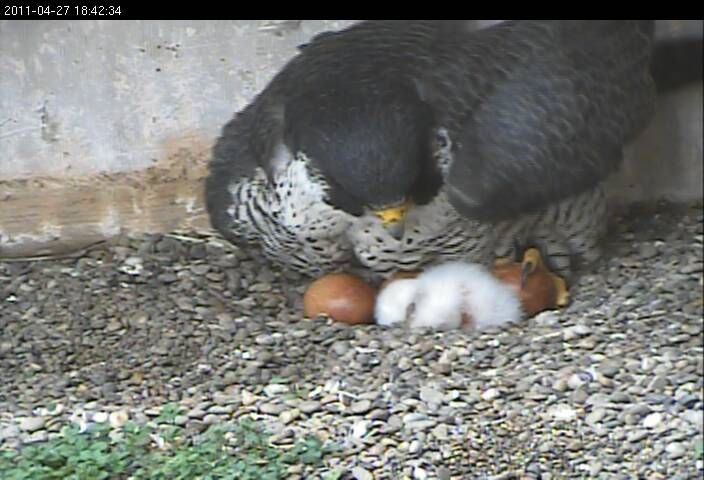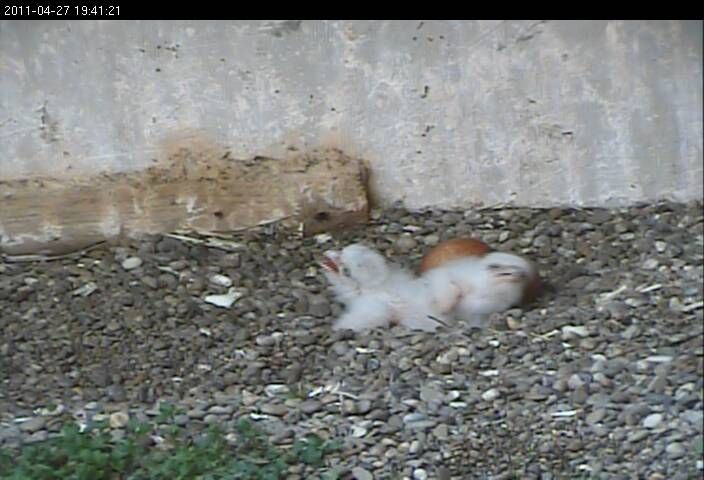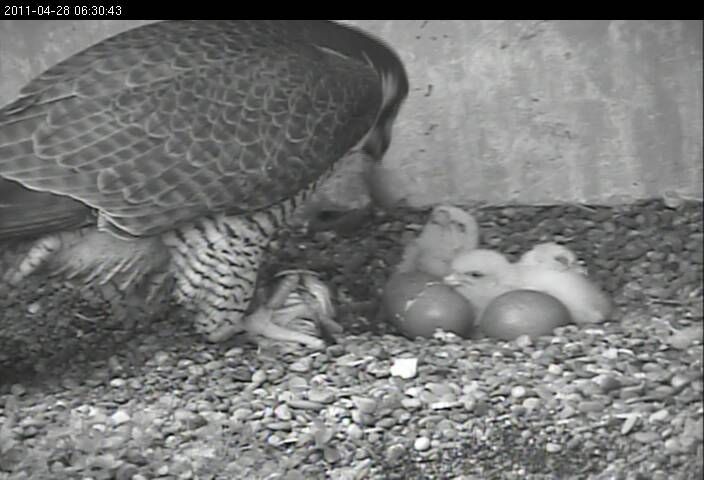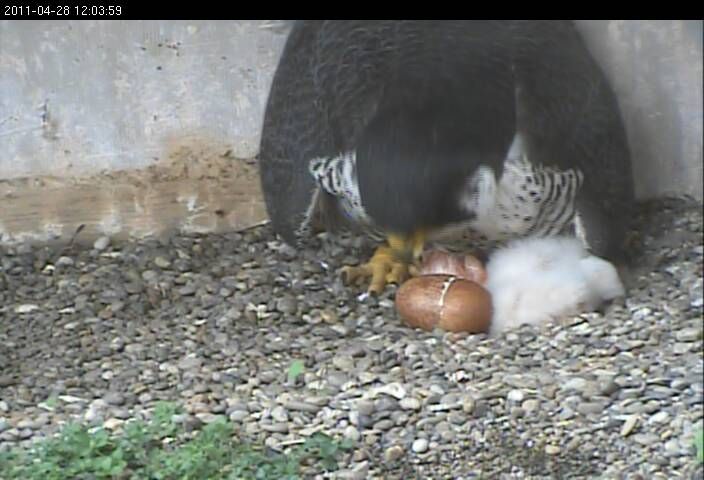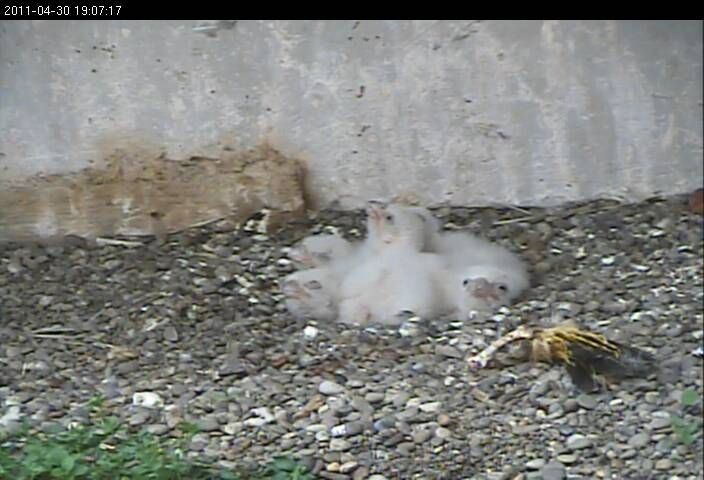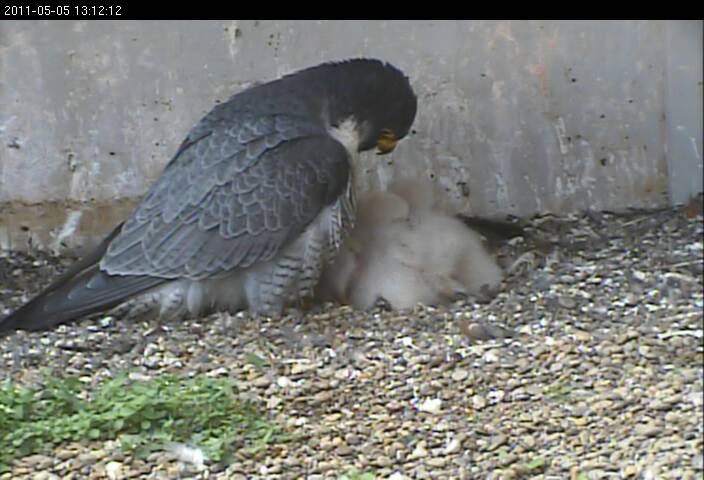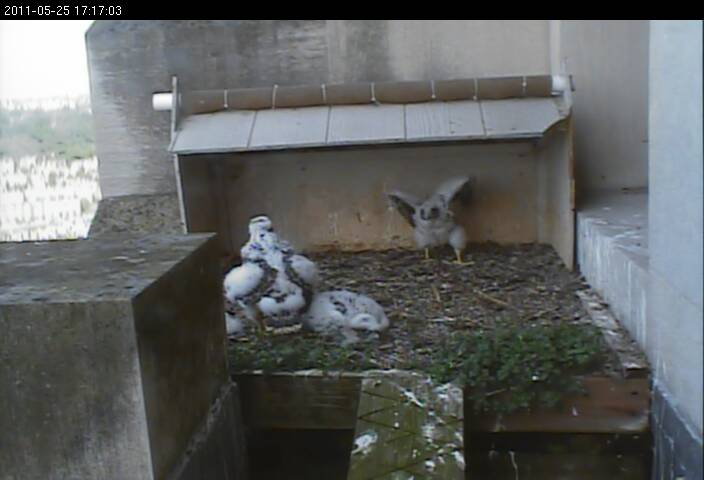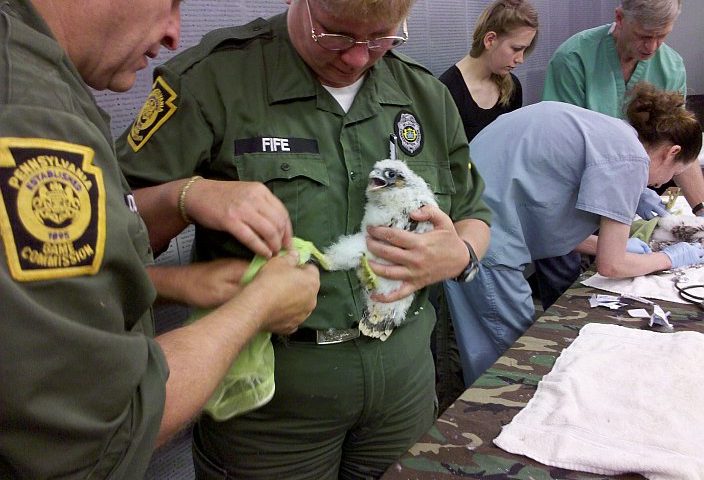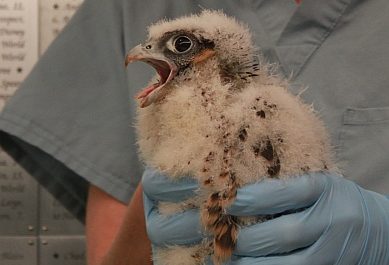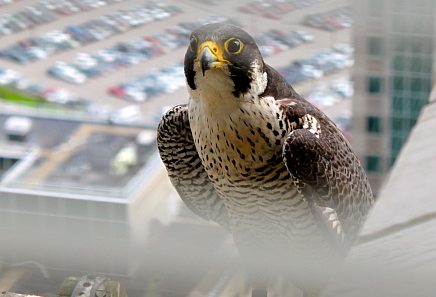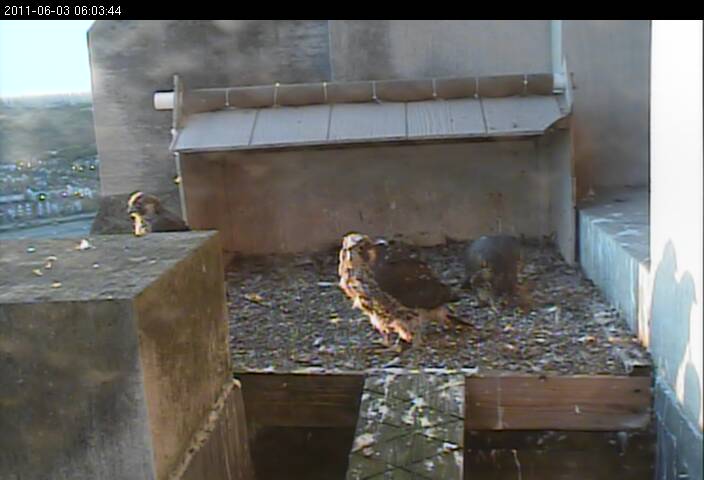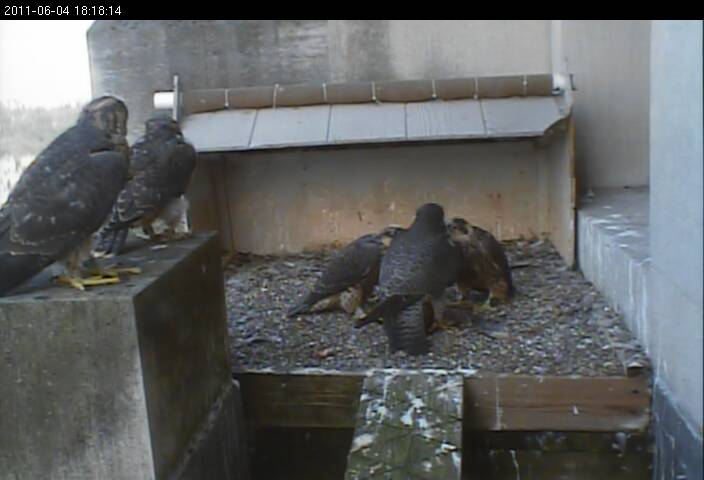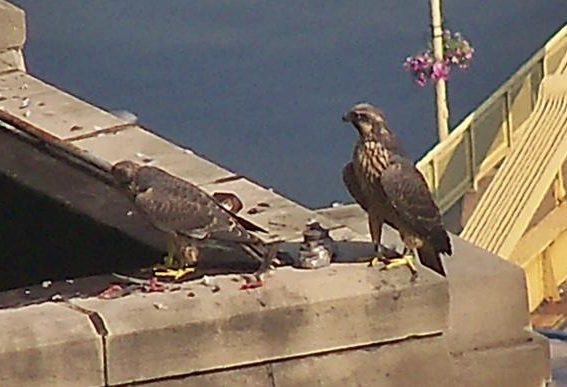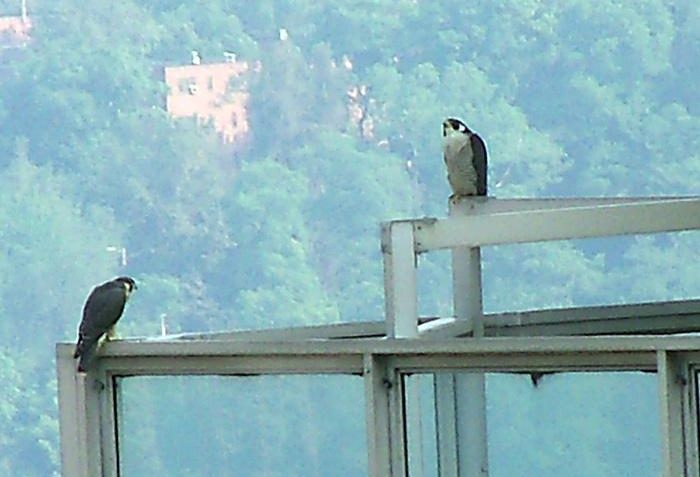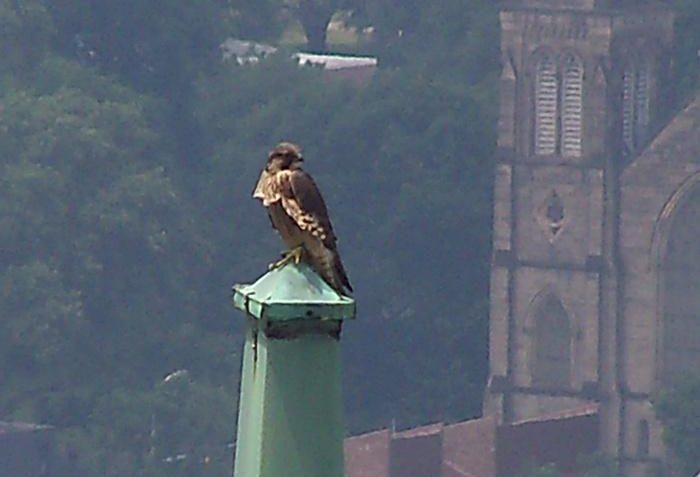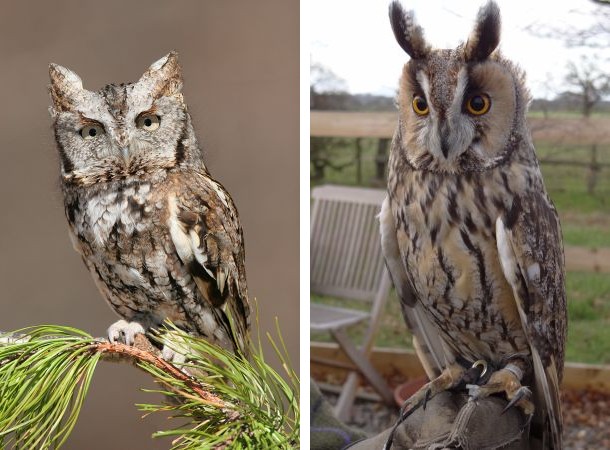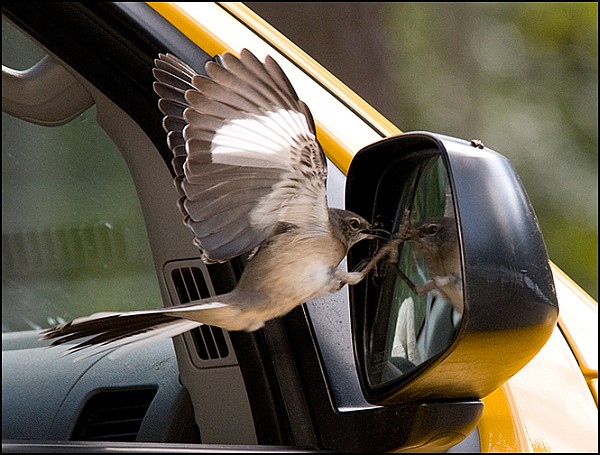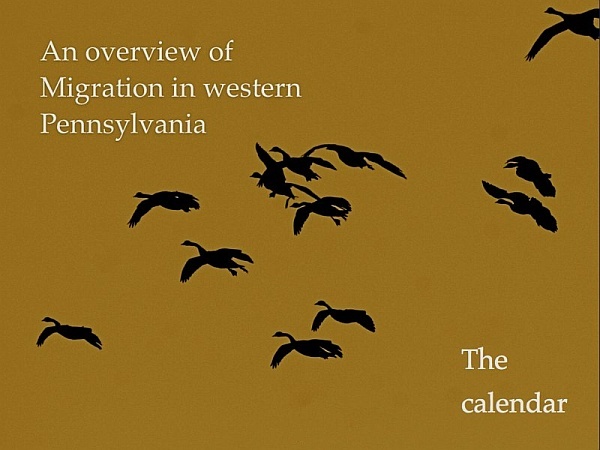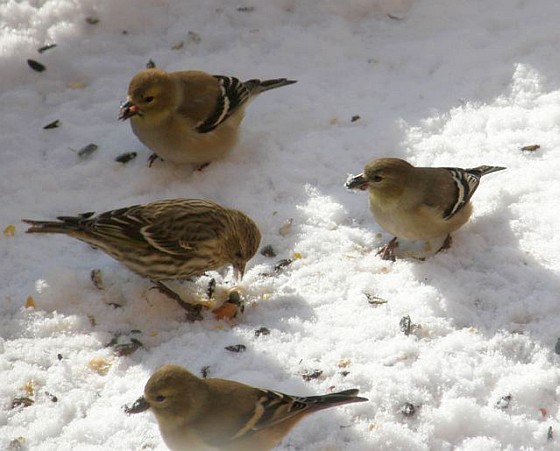Though they’ve moved away from residential neighborhoods and are keeping a relatively low profile, Pittsburgh’s East End crow roost has attracted some attention lately.
Perhaps it’s because sunset is later so we see them during rush hour(*). Perhaps it’s because they’re noisy. Perhaps it’s their sheer numbers.
Jack and Sue Solomon counted them on December 31 for Pittsburgh’s Christmas Bird Count. Knowing the crows gathered above Bigelow Boulevard, Jack and Sue waited at dusk in a parking lot opposite Liberty Ave. and 25th Street and watched the hillside above The Strip. Their estimate? More than 12,000 crows.
What does that look like?
Sharon Leadbitter filmed them at twilight last Friday. The first video (23 seconds) shows them flying overhead at Polish Hill. The video below (2:18) shows them filling the trees above Bigelow Boulevard near the French Fry sculpture.
The flock is raucous only at their staging area. After dark they fall silent and leave the trees to roost in parts unknown.
If you want to witness this for yourself, January is the time to do it. Next month the flock will begin to break up. By March they’ll be gone.
(video by Sharon Leadbitter)
.
(*) The days are getting longer. Sunset today is at 5:12pm, even later than it was on November 12 when I last wrote about Pittsburgh’s crows.
